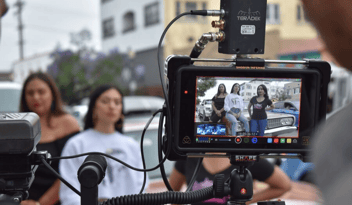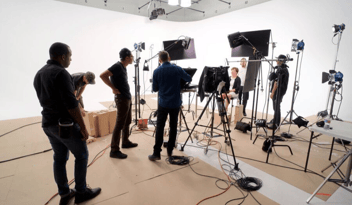I was recently challenged to come up with a proposal for a seminar to be presented at a conference where the overall theme was storytelling in a corporate environment. I wanted to approach the topic from a place familiar to all in the audience. I was inspired by a conversation with a long time colleague and veteran communicator from one of our Fortune 500 clients. He suggested that knowing what matters to your audience, keeping your story simple and direct, and connecting with them on their turf will allow you to cut through all of the clutter. He cut to the chase with the idea that “if content is king, then the story is emperor”. What evolved was an idea to engage the audience with a discussion from the point of view of the editor, a major contributor to the art of telling stories. Whether editing pieces for broadcast, podcasts, on-line video, or corporate communications, every project in every genre is an opportunity to tell a story. And without a doubt, standing out in the midst of the “cluttersphere” of information and content that we are inundated with each day is no easy task. It’s no secret that we rely on editors to craft the story. From great and not so great footage, they are tasked with sitting in dark rooms and coming out with the perfect vehicle to educate, motivate, entertain, or amuse an audience. From no script or a great one, editors find a way to use all available resources to put the best story on the screen. And usually they do so with a tight schedule, cold pizza, and the old “can you just move that shot a few frames”. Editors can be the lifeline for producers to deliver a good show because they usually have valuable insight on storytelling.
Although technology has made the process of assembly significantly easier, the art of crafting footage, sounds, words, effects, and messages has not changed. You know a good story when you see it and editors are vital to that collaboration. Jim Mullen, a veteran producer, writer, editor, and storyteller goes as far as suggesting that the old defining wisdom of edit of “We’ll fix it in post” has dramatically changed in our new communications paradigm. The new axiom should be “We’ll say it in post”. Not to disparage any of the other production processes, but in pre-production the story is developed. During production, the story is recorded. And it’s not until the edit suite where the story actually gets told. Finding the right editor for your project is critical. The story is the emperor in the edit suite, the technology is simply the enabler.



